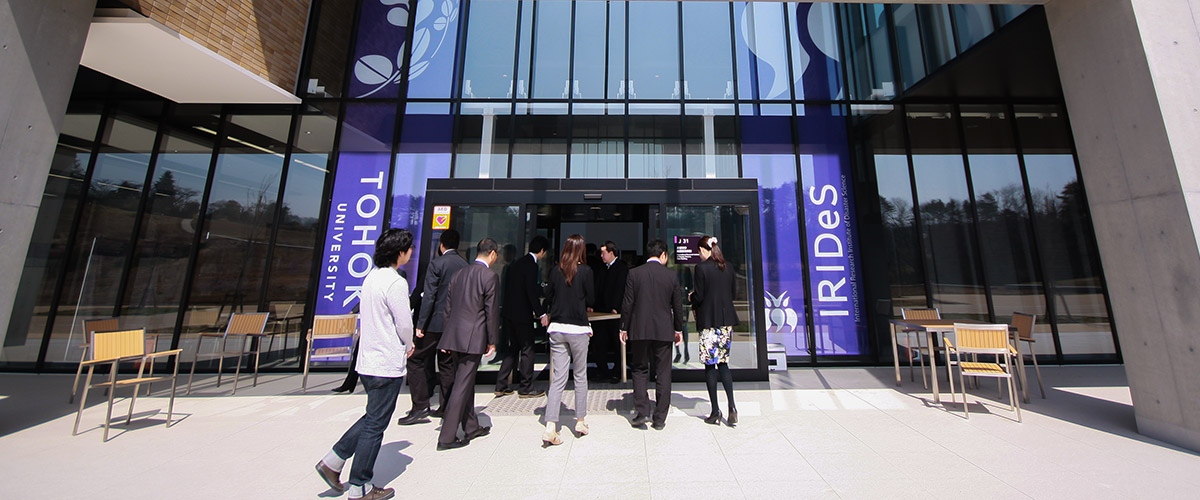International Research Institute of Disaster Science
Having experienced the catastrophic disaster in 2011, Tohoku University has founded the International Research Institute of Disaster Science (IRIDeS). Together with collaborating organizations from many countries and with broad areas of specializations, the IRIDeS conducts world leading research on natural disaster science and disaster mitigation. Based on the lessons from the 2011 Great east japan Earthquake and Tsunami disaster, IRIDeS aims to become a world centre for study of disasters and disaster mitigation, learning from and building upon pat lessons in disaster management from Japan and round the world. Throughout, the IRIDeS will contribute to on-going recovery/reconstruction efforts in the affected areas, conducting action oriented research, and pursuing effective disaster management to build sustainable and resilient societies. IRIDeS innovates the past paradigm of Japan's and world's disaster management to catastrophic natural disasters, hence to become a foundation stone of disaster mitigation management and sciences.
IRIDeS comprises seven Divisions:
- Hazard and Risk Evaluation Research Division
- Human and Social Response Research Division
- Regional and Urban Reconstruction Research Division
- Disaster Science Division
- Disaster Medical Science Division
- Disaster Information Management and Public Collaboration Division
- Endowed Research Division
The action-oriented research of the IRIDeS focuses on:
- Investigating the physics of global scale natural disasters such as mega-earthquakes, tsunamis and extreme weather,
- Reconstructing disaster response and mitigation technologies based on the lessons of the 2011 Tohoku earthquake and tsunami disasters
- Inventing “Affected Area Supportology” in the aftermath of natural disasters
- Enhancing disaster-resiliency and performance of multiple-fail-safe systems in regional and urban areas
- Establishing disaster medicine and medical service systems towards catastrophic natural disasters
- Designing disaster-resilient societies and developing the digital archive system to pass the lessons from the disasters




